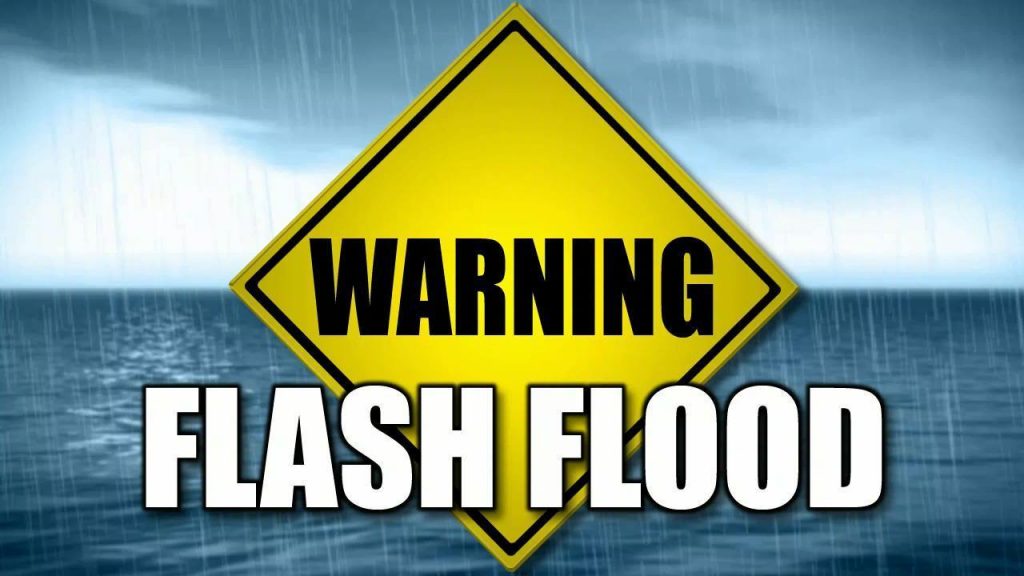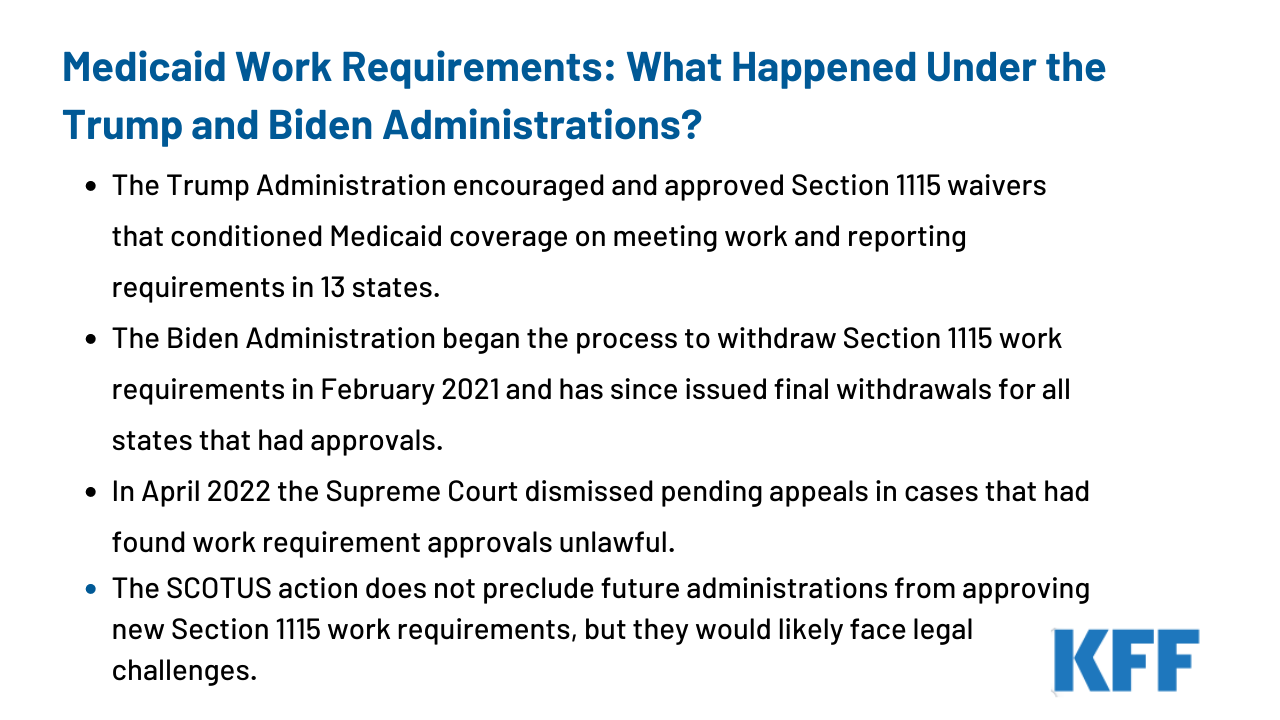Flash Flood Emergency Preparedness: A Practical Guide

Table of Contents
Understanding Flash Flood Risks
Flash floods are characterized by a rapid and significant rise in water levels, often with little or no prior warning. Understanding your risk is the first step in effective flash flood emergency preparedness.
Identifying High-Risk Areas
Determining if your home or workplace is in a high-risk area is paramount. Many factors contribute to flash flood vulnerability.
- Utilize online resources: FEMA's flood map service (https://www.floodsmart.gov/flood-map-service/) provides detailed flood risk information for your area. Use this invaluable tool to assess your risk.
- Proximity to waterways: Homes near rivers, streams, creeks, canyons, or low-lying areas are significantly more vulnerable to flash flooding. The closer you are, the higher your risk.
- Local history: Check local records for past flood events. Areas with a history of flash flooding are at a higher risk of future events.
- Pay attention to warnings: Local weather forecasts and emergency alerts provide crucial information about potential flash flood threats. Stay informed.
Recognizing Flash Flood Warning Signs
Recognizing the early warning signs can give you precious time to react and implement your emergency plan.
- Heavy rainfall: Intense rainfall over a short period is a major indicator of potential flash flooding. Monitor rainfall amounts closely.
- Rapidly rising water levels: Noticeable and rapid increases in water levels in rivers, streams, or drainage ditches are serious warning signs.
- Changes in water color or flow: A sudden change in the color or flow of a nearby water source may indicate upstream flooding.
- Official warnings: Heed all flash flood warnings and watches issued by local authorities and meteorological services. These alerts are crucial for safety.
Creating a Flash Flood Emergency Plan
A well-defined plan is essential for effective flash flood emergency preparedness. This plan should cover evacuation, communication, and emergency supplies.
Developing an Evacuation Plan
Having a clear evacuation plan can save lives. This plan should be practiced regularly with your family.
- Designated evacuation route: Identify multiple escape routes from your home, considering different scenarios and potential road closures.
- Family meeting point: Designate a safe meeting point both near and far from your home, in case you get separated during the evacuation.
- Emergency contacts: Ensure all family members know the emergency contact information for each other and for local emergency services.
- Practice your plan: Regularly practice your evacuation plan, including simulated scenarios. Familiarity is key.
Assembling an Emergency Kit
A well-stocked emergency kit is crucial for survival during and after a flash flood.
- Water: Store at least one gallon of water per person per day for several days.
- Food: Include non-perishable, easy-to-prepare food items.
- Medications: Pack any essential medications, including prescription drugs.
- First-aid kit: A comprehensive first-aid kit is essential for treating minor injuries.
- Flashlights and batteries: Reliable lighting is vital during power outages.
- Important documents: Keep copies of important documents in a waterproof container.
Protecting Your Property
Taking proactive steps to protect your property can significantly reduce the impact of a flash flood.
Flood-Proofing Your Home
Investing in flood-proofing measures can help safeguard your home from flood damage.
- Install flood barriers: Consider installing temporary or permanent flood barriers at vulnerable points.
- Elevate electrical outlets and appliances: Moving these items to higher ground can prevent electrical damage.
- Improve drainage: Ensure proper drainage around your property to prevent water buildup.
- Sump pumps and backwater valves: These can help prevent water from entering your basement.
- Secure loose items: Secure anything that could float away and cause damage.
Securing Valuables
Protecting important possessions is a vital part of flash flood preparedness.
- Move valuables to upper floors: Relocate irreplaceable items to higher ground before a flood.
- Waterproof containers: Store crucial documents and electronics in waterproof containers.
- Digital copies: Create digital copies of important documents and store them in the cloud.
Responding to a Flash Flood Warning
Swift and decisive action is paramount when a flash flood warning is issued.
Evacuate Immediately
Your life is more important than your possessions. Immediate evacuation is crucial.
- Follow your evacuation plan: Don't delay, get to your designated safe location.
- Avoid flooded areas: Never attempt to drive or walk through floodwaters.
- Stay informed: Continuously monitor weather updates and emergency alerts.
Seeking Shelter
If immediate evacuation isn't possible, find higher ground and seek shelter.
- Higher ground: Seek shelter in a sturdy building on higher ground.
- Turn off utilities: Turn off gas, electricity, and water if it is safe to do so.
- Report damage: Once the flood subsides, report any damage to the relevant authorities.
- Document damage: Take photographs or videos to document the damage for insurance purposes.
Conclusion
Flash flood emergency preparedness is not just about reacting to a crisis; it's about proactively protecting your family and property. By understanding the risks, creating a comprehensive plan, protecting your belongings, and responding swiftly to warnings, you can significantly reduce the impact of a flash flood. Don't wait until it's too late. Take action today and enhance your flash flood emergency preparedness. Develop your personalized flash flood emergency plan now and ensure your family's safety.

Featured Posts
-
 Blockchain Analytics Leader Chainalysis Expands With Ai Acquisition Of Alterya
May 26, 2025
Blockchain Analytics Leader Chainalysis Expands With Ai Acquisition Of Alterya
May 26, 2025 -
 Delaware Governor Sounds Alarm Fascism And The Legacy Of The Biden And Trump Administrations
May 26, 2025
Delaware Governor Sounds Alarm Fascism And The Legacy Of The Biden And Trump Administrations
May 26, 2025 -
 Mynamynw Ybqa Me Mwnakw Tfasyl Altmdyd Aljdyd
May 26, 2025
Mynamynw Ybqa Me Mwnakw Tfasyl Altmdyd Aljdyd
May 26, 2025 -
 Delaware Governor Calls Out Fascism In Post Biden World Trump Administration Context
May 26, 2025
Delaware Governor Calls Out Fascism In Post Biden World Trump Administration Context
May 26, 2025 -
 Pogacar Triumphs Again Second Tour Of Flanders Victory Van Der Poel Defeated
May 26, 2025
Pogacar Triumphs Again Second Tour Of Flanders Victory Van Der Poel Defeated
May 26, 2025
Latest Posts
-
 Record Breaking 202m Euromillions Jackpot Your Chance At Adele Level Wealth
May 28, 2025
Record Breaking 202m Euromillions Jackpot Your Chance At Adele Level Wealth
May 28, 2025 -
 Discover The Shop Where A Winning Lotto Ticket Was Sold
May 28, 2025
Discover The Shop Where A Winning Lotto Ticket Was Sold
May 28, 2025 -
 Euromillions Winner Could Become As Rich As Adele 202m Up For Grabs
May 28, 2025
Euromillions Winner Could Become As Rich As Adele 202m Up For Grabs
May 28, 2025 -
 Lotto Winner Still Unclaimed Winning Ticket Location Revealed
May 28, 2025
Lotto Winner Still Unclaimed Winning Ticket Location Revealed
May 28, 2025 -
 202 Million Euromillions Jackpot A Chance To Match Adeles Wealth
May 28, 2025
202 Million Euromillions Jackpot A Chance To Match Adeles Wealth
May 28, 2025
